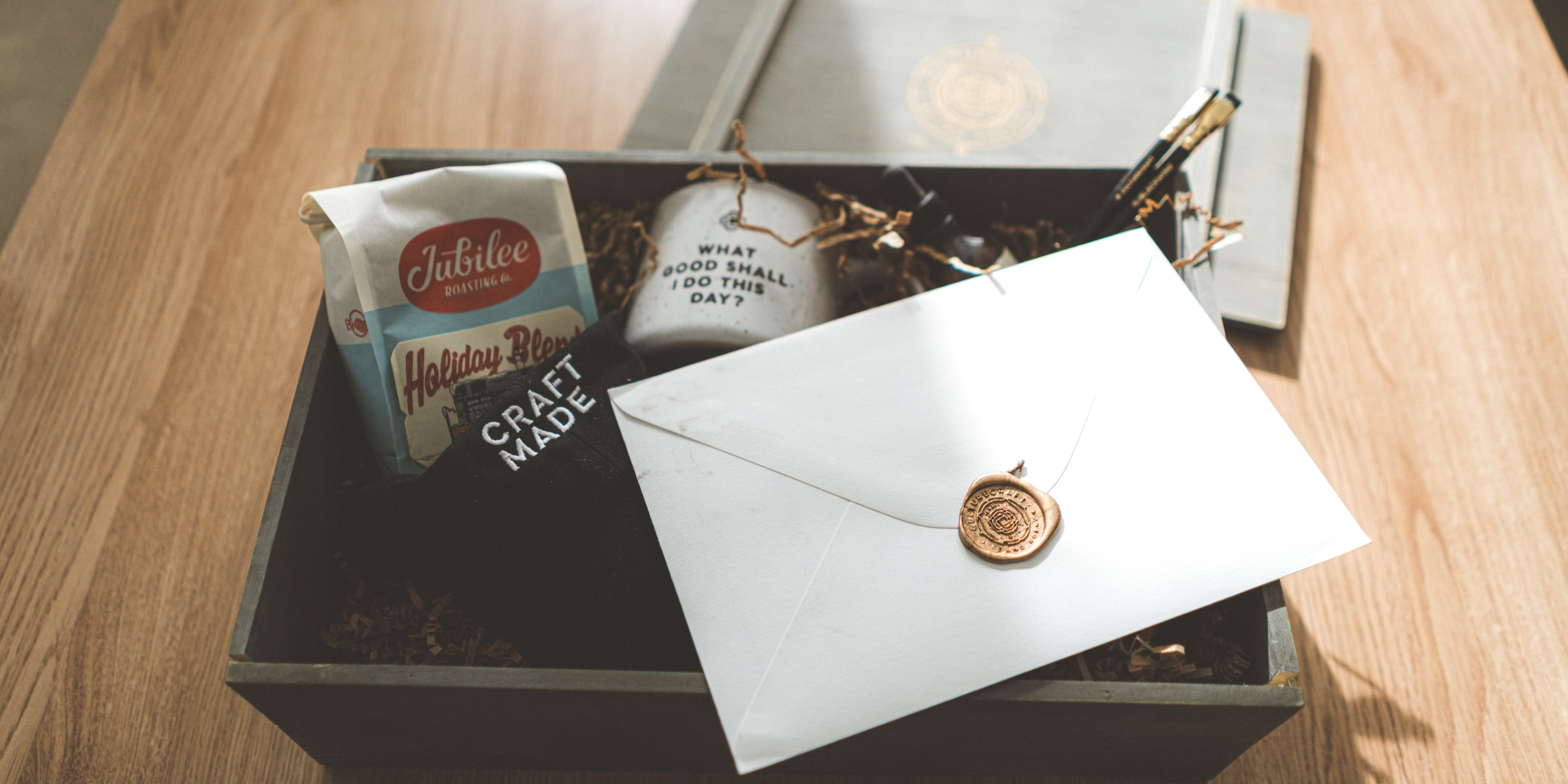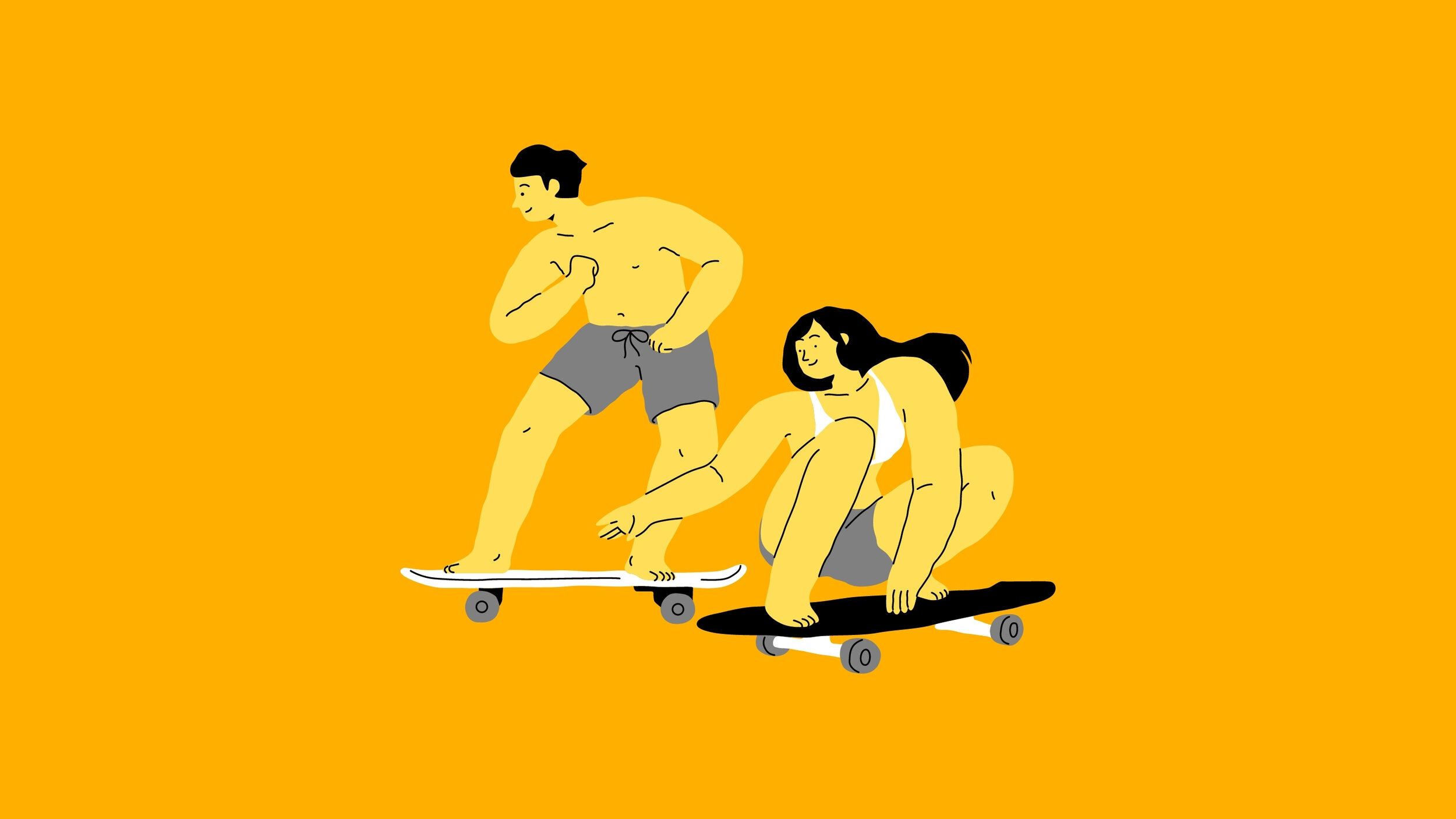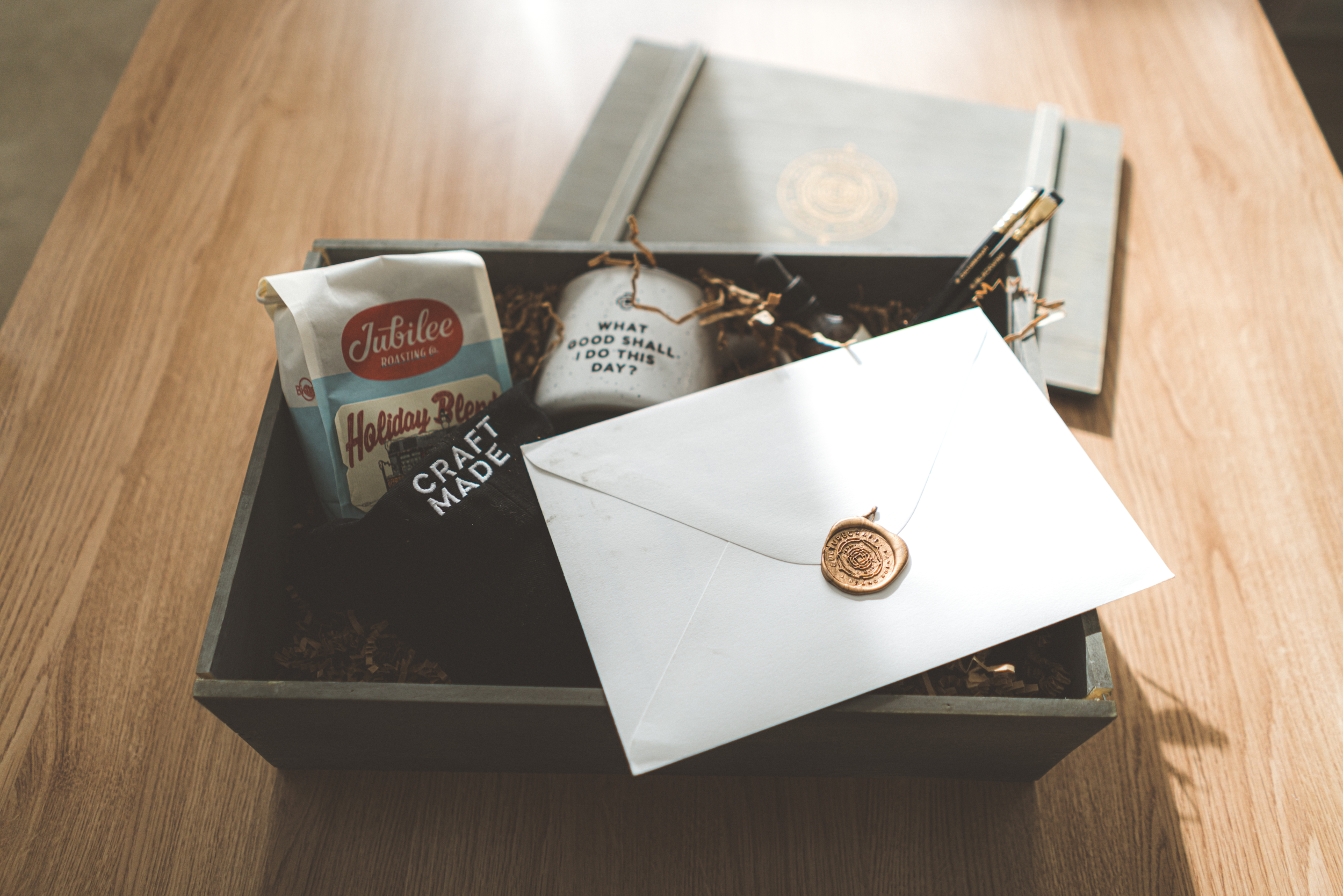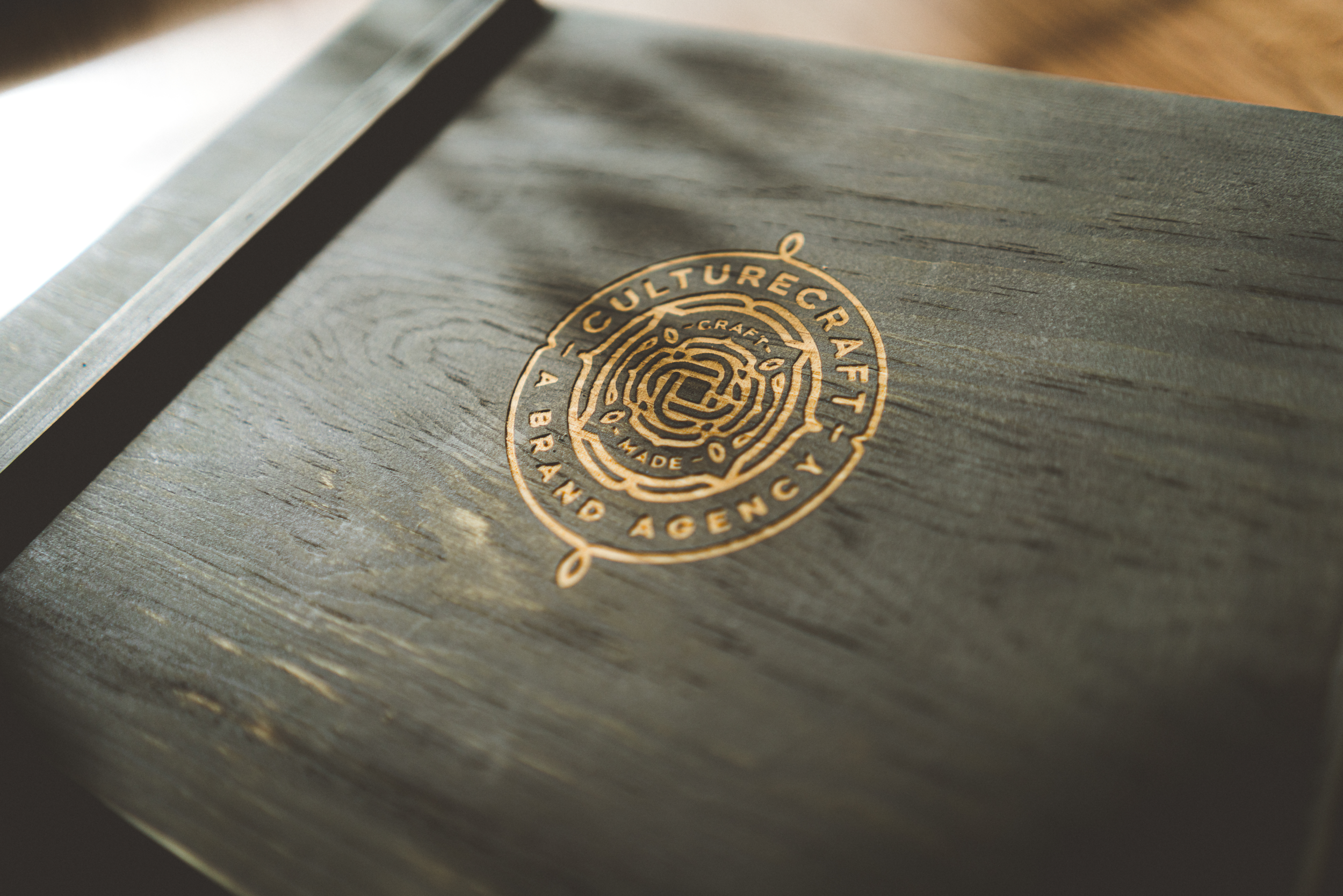Swag Is An Extension Of Your Brand. Make It Meaningful.
I’ve collected and distributed a lot of swag in my career. In a past life, I recruited physicians at conferences all around the United States. We used highlighters and multitools to inspire passersby’s to stop at our table. Shockingly, it worked.
An observation: physicians love highlighters and multitools because they USE them. Second observation: the multitool connected to our brand. Our positions involved a lot of travel, and the multitool came in handy. I know because recipients emailed me about it.
We also had stress balls. Physicians don’t love stress balls unless they have toddlers. Toddlers love to chew on stress balls.
Fast forward to 2016. I worked in a little beige cubicle at a well-known hospital in the Denver Metro Area. Collecting dust on my cubicle shelf was a lovely collection of brightly colored branded stress balls. They added a rainbow of color to my otherwise drab working space, but other than that, the brands they represented were unmemorable. Then, on the day I packed up my desk to work at CultureCraft, I threw them away.
I threw them ALL away.
So how do you make company swag that is memorable and doesn’t end up in a landfill?
-
Focus on your customer.
Your swag should ultimately become an extension of your message. When you place your customer at the center, your swag will connect to your brand.
Our Swag Box
This past February, we sent boxes to all of our clients using the metaphor of failed new Year’s Resolutions. Resolutions are full of good intentions but rarely do they change things. Just like company swag, full of great intent, but more often than not, they are junk and thrown away.
Every item in our box was chosen with intention and showcased the ecosystem of our brand.
The Box
We selected a custom-made distressed wooden box. The box is the first impression; it needed to be unexpected and feel substantial. Choosing a wooden box alluded to the “craft made” nature of our brand and showcased one of the more complex versions of our brand design.
The Seal
Before letters were sealed with glue, there was the wax seal. Wax seals date back to Mesopotamia and served as signatures do today. The gold wax seal was not only beautiful it was our signature committing to inspire a journey for every brand we work on. Sealing each letter was a slow learning process and took practice. It was a tangible connection to each of our clients.
The Cocktail
The Grand Lady was developed by our copywriter, Ruben Rodriguez. It’s a play off an old classic cocktail but with a twist. CultureCraft is for disruptors. We don’t always do things the way the industry thinks we should; we take the good and the beautiful and leave behind the broken pieces that no longer serve their purpose, just like this cocktail. Each box included a bottle of bitters from a local Colorado company and a recipe printed on heavy cardstock with the most complex version of our brand.
The Dad Hat.
We don’t want our clients to feel like billboards so we used the simplest version of our brand design, the interlocking c, on the back of the hat. The primary focus was a phrase from our message track, “craft made.” Using this phrase on the front of the hat directs the conversation outward. Our client gets to tell their story first, why their brand is craft-made, and we get to play the supporting role.
The Pencil.
“All you need is a pencil; a pencil is all you need” are the wise words of a 5th-grade teacher. I believe his advice is still true, even in our digital age. Writing in pencil requires us to slow down, erase, and rethink. Furthermore, Blackwing isn’t your average #2 pencil. Blackwing pencils are well known for quality. They are made with Genuine Incense-cedar and premium Japanese graphite. These are the pencil of choice for Oscar, Grammy, and Pulitzer prize winners throughout the 20th century and at one-point fans were willing to pay $40 for a single pencil. Blackwing created an entire culture with a pencil. We believe brands create culture, and Blackwing is a perfect example.
The Coffee & Mug
Jubilee is my favorite coffee shop in the Denver Metro Area. They are committed to being a good neighbor locally and globally. At any given time, at least two of the Culture Craft crew can be found sipping their morning coffee in their shop. There is no better brew to fill our signature coffee cup with the words “What good will you do this day?” We audaciously believe that each day we can change the world if we choose to. Each small choice to do good initiates the butterfly effect; this piece is here to inspire a journey.
A Swag Box Of Your Own
So what’s next? If you are ready to curate an awesome box here are some questions and tips to get you started.
1. Who is your audience?
Our first step in any branding project is to establish the minimum viable audience. Once you know your audience, you can curate items they will ACTUALLY use. This is key.
2. What does your swag need to do?
Why are you sending swag in the first place? Is it a thank you or are you trying to get new leads? What message are you sending with your box? You need to establish WHY you are sending this box to understand what goes in it.
3. Set your timeline & budget.
What is your time and financial budget for each box? Identifying this will help prioritize what items you can splurge on. Procuring quality swag from reputable sources takes extra time and money. Make sure to give plenty of breathing room in your project timeline to ensure quality. When working with new vendors, ask about samples.
4. Use your style guide.
There should be a sense of cohesion between the items in the box and your brand’s overall design. Choose items within your brand’s color story and utilize the full expanse of your logo design. Generally, your logo is more than a single mark. It includes typefaces and marks of varying complexities. Only use the fonts within your style guide and utilize your message track.
5. Purchase from disruptive and/or small local businesses.
The swag world has hundreds of vendors of varying quality. Select companies who share your ethics and even better are disrupting their industry. The items you choose will represent your brand. If you are a disrupter, support another disrupter! Whenever possible, establish relationships with local businesses and partner with them to design a product with your brand. This not only strengthens your local community but creates a more genuine connection.
Headed Out
Finally, the swag industry is wrought with cheap trinkets made in sweatshops around the world. Swag is also a HUGE contributor to waste. It often doesn’t serve any value to customers and is quickly thrown away. Buying swag, especially in bulk, gives us a real opportunity to vote with our dollars. We choose businesses that take extra time to locate reputable vendors and reduce waste.
My last piece of advice, get feedback from your recipients and learn from it. For example, next time I send someone pencils, I’ll include a pencil sharpener.
Interested in having us help create a killer swag box for you? Reach out and learn more.




